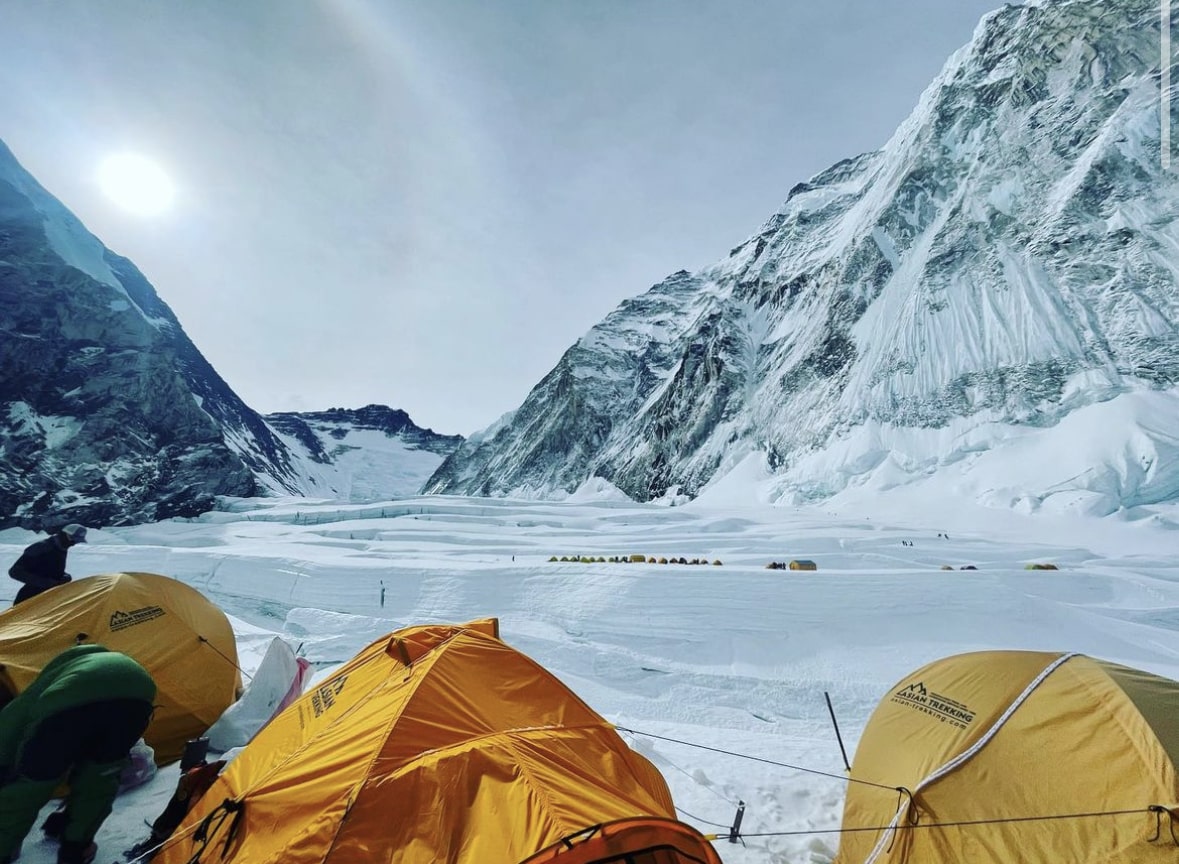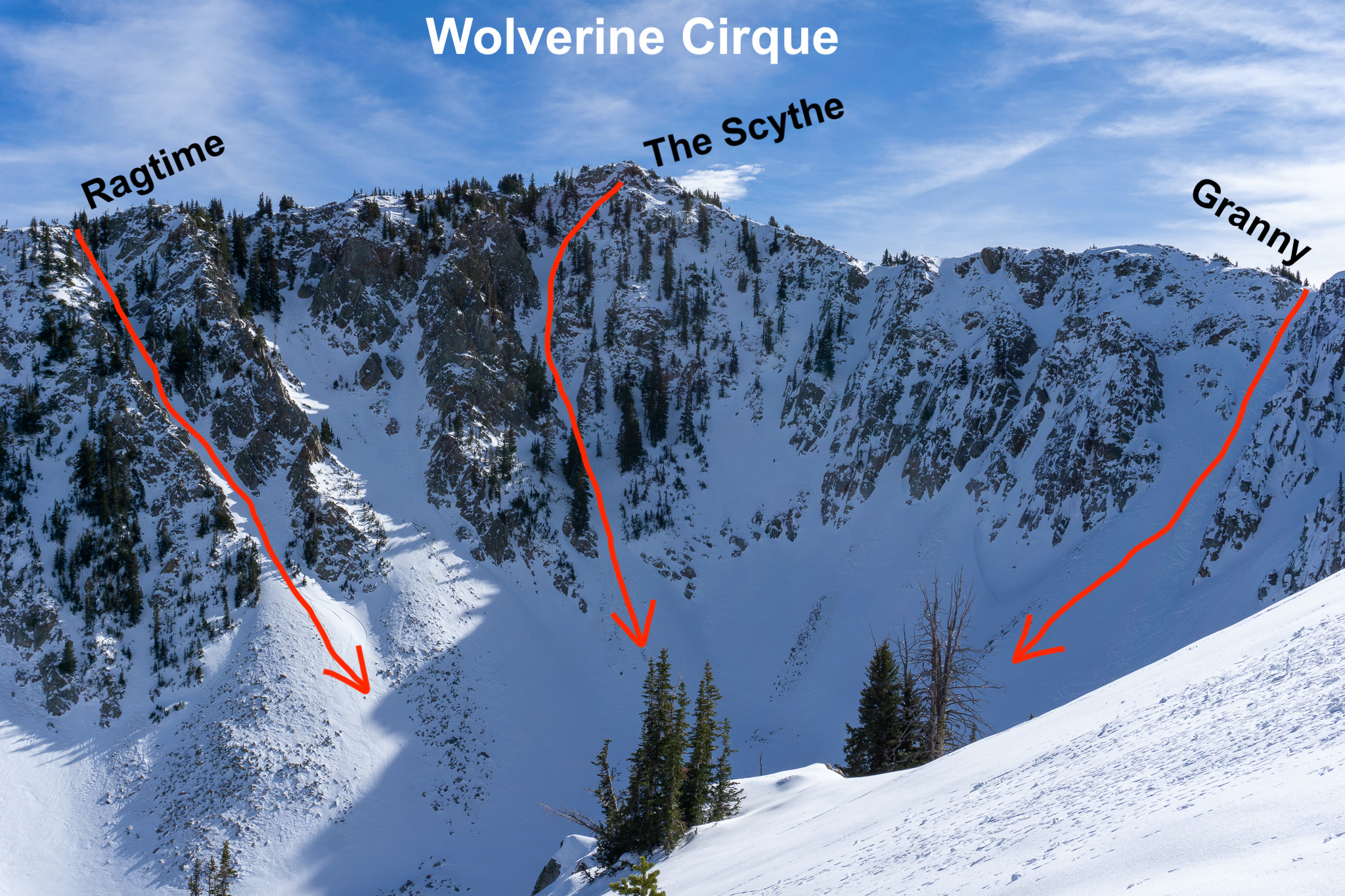
Sherpas, long regarded as the backbone of Mt. Everest expeditions, are now facing an unexpected rival: drones. According to a recent report by The Telegraph, Nepalese officials plan to use unmanned aircraft to transport gear, retrieve waste, and assist climbers on Mount Everest—raising concerns that the technology could replace the very people who’ve risked their lives to make these expeditions possible.
The drones in question—like the DJI Flycart 30—can carry up to 33 pounds (15 kilograms) per trip and were recently tested between Everest Base Camp and Camp I. The Telegraph reports that during trial runs, the drone managed to move nearly 500 pounds (225 kg) of equipment per hour—a task that would normally take 14 people hiking six hours. If implemented, drones will be used to carry oxygen tanks, retrieve ladders and ropes, deliver hot food, and remove trash. Officials argue this could reduce the risk Sherpas face, especially in deadly zones like the Khumbu Icefall, where nearly 50 lives have been lost since 1953 due to avalanches and collapsing ice structures.
“Idiotic,” Critics Say
Despite those benefits, the plan has triggered fierce backlash from politicians, trade unions, and the Sherpa community. Ajay Kumar Rai, general secretary of the Nepal Trade Union Congress, told The Telegraph the program was “idiotic” and a direct threat to Sherpa livelihoods. Sherpas typically earn around $5,100 (converted from £4,000) during the Everest season—a critical income in a region where seasonal work dominates.
The criticism doesn’t just stem from economics. Everest climbing culture is built on the partnership between climbers and Sherpas. The proposed changes could sideline that relationship in favor of faster, tech-driven solutions. Politician Rajendra Bajgain echoed this in The Telegraph, saying if the initiative moves forward, “the government should provide food and health facilities to the Sherpas from the royalties collected from climbers.”
Beyond gear hauling, the drones symbolize a philosophical shift in how people interact with Everest. Although drones may aid in cleanup and lighten Sherpas’ loads, they could also introduce noise, distraction, and potential new risks on the mountain, according to Adriana Brownlee, the youngest woman to summit all 14 of the world’s 8,000-meters, who spoke with The Telegraph. Still, supporters argue that the technology could reduce the need for Sherpas to cross high-risk areas like the Khumbu Icefall multiple times per season—some making 30+ crossings in a single expedition. In the Icefall, even experienced climbers hesitate after sunrise due to unstable ice towers known as seracs.
What Comes Next
Nepal’s government is testing drones this season in hopes of convincing expedition operators to adopt them. The move is part of a growing effort to modernize climbing logistics on Everest, where climbers already pay up to $15,000 for a permit.
Whether drones become a regular feature or a dismissed notion in Everest’s future depends on what happens this spring. What’s clear is that change is in the air—literally—and not everyone is thrilled about it.



